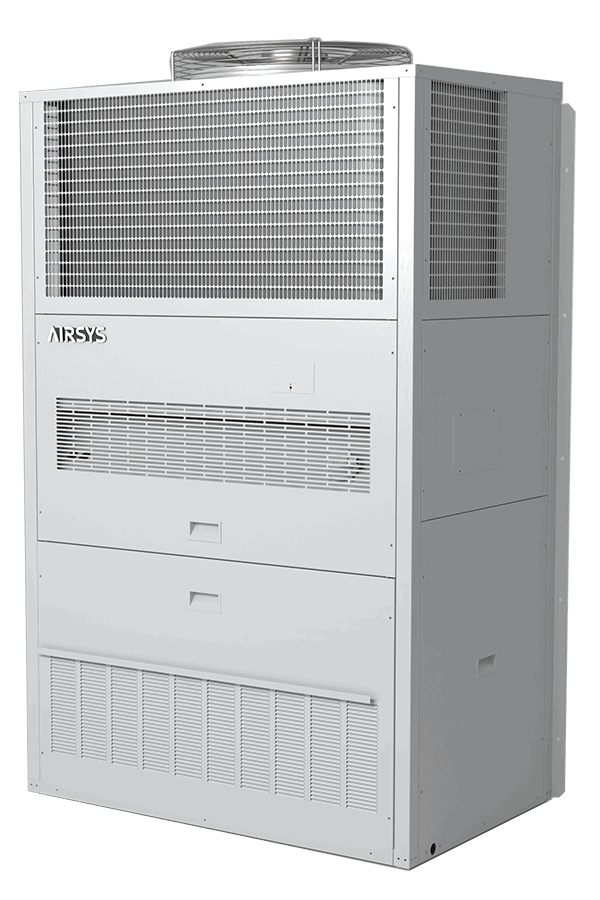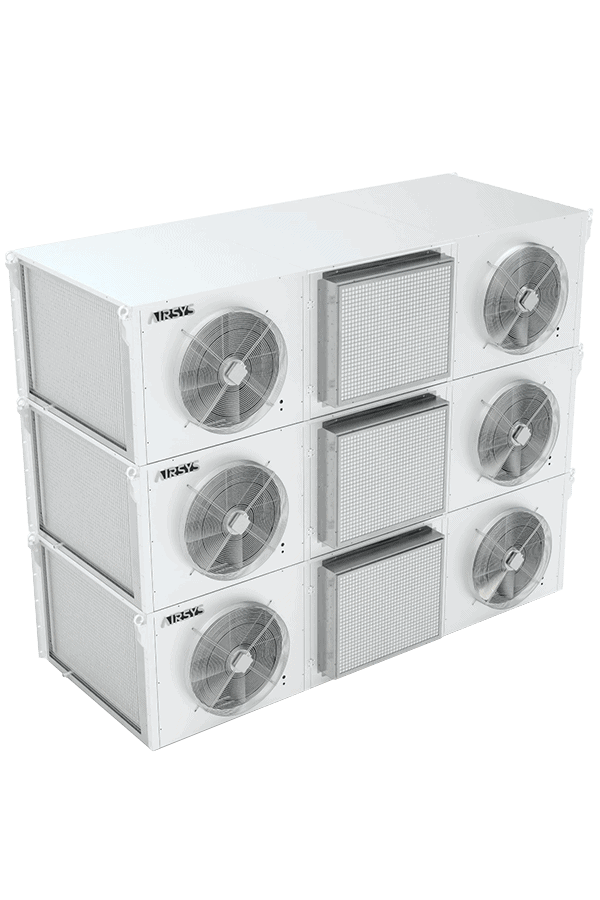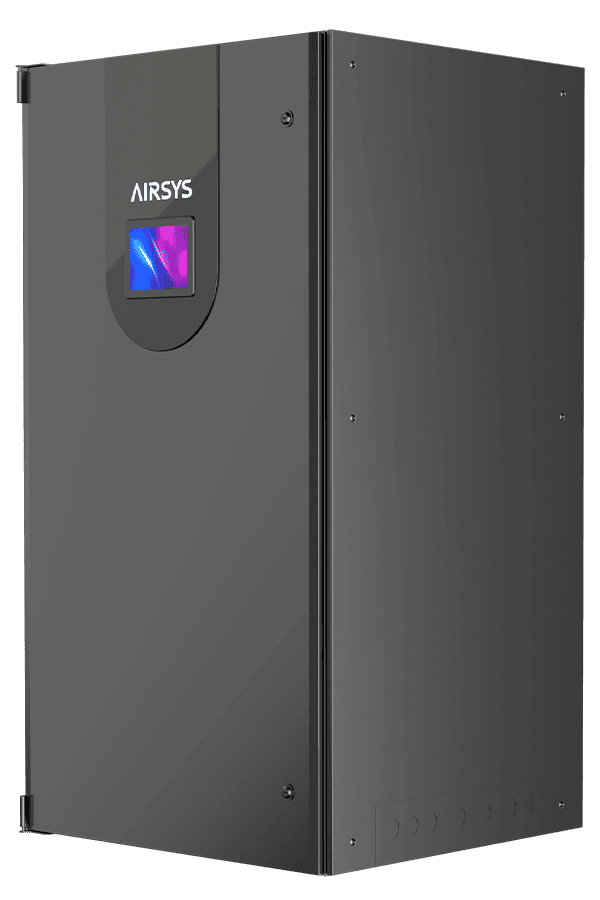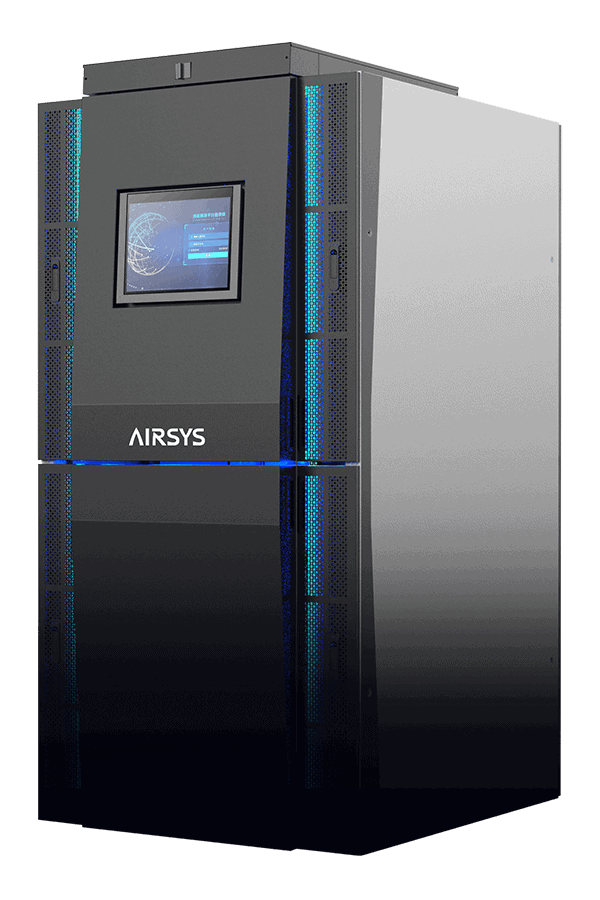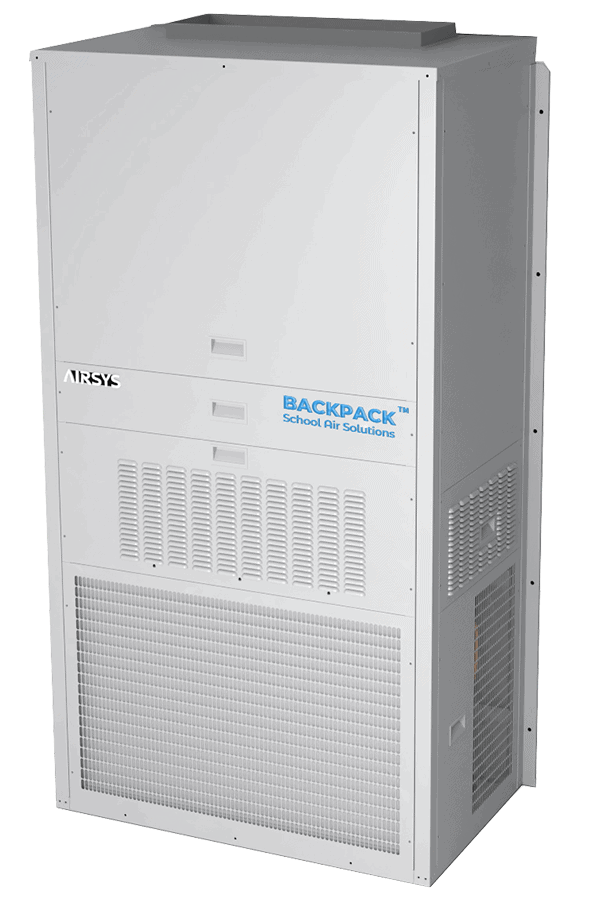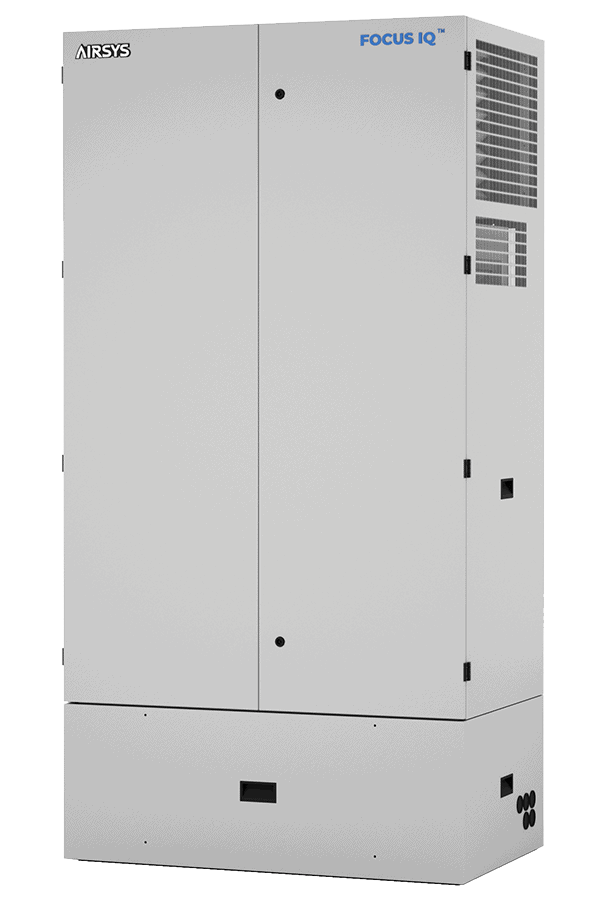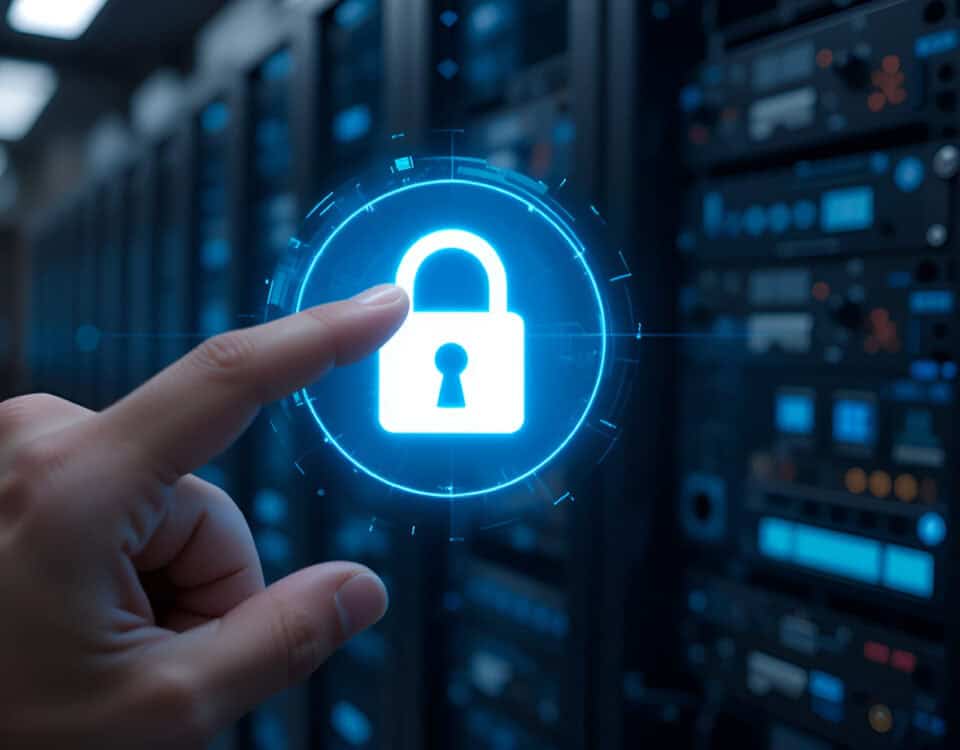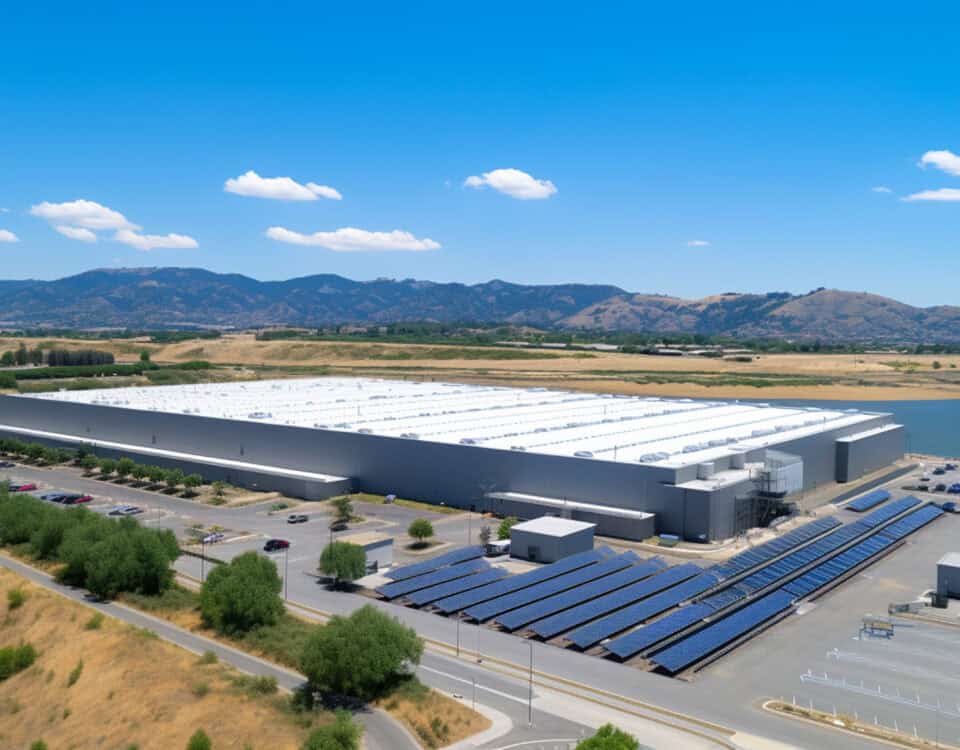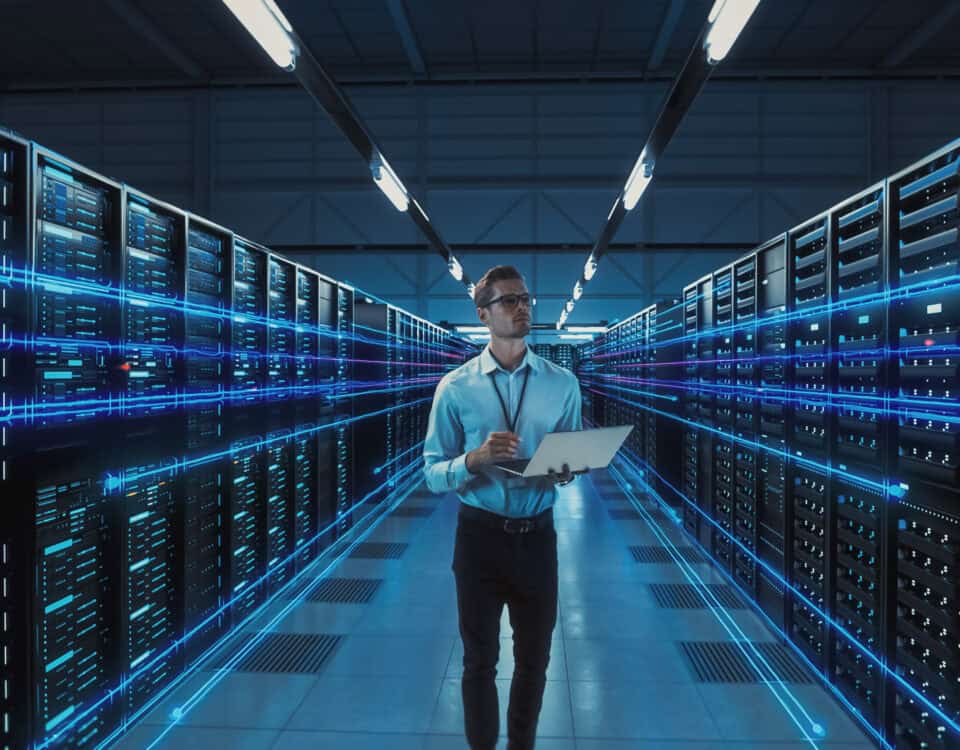
The Role of Cooling in Green Data Centers
March 22, 2025
Celebrating Earth Day: The Cooling Industry’s Green Revolution
April 22, 2025Imagine a data center as an orchestra. Energy and water are two key instruments — one powering the performance, the other keeping it cool and in tune. When they play in harmony, the result is a masterpiece of efficient, sustainable operations. But if one overpowers the other, the whole performance suffers.
Despite the constant tension, data centers can’t afford to lose either energy efficiency or sustainability. The question then becomes, how do we make energy and water work together rather than against each other? Or, put differently, how do data centers balance energy efficiency and sustainability?
PUE — A Key Indicator for Data Center Energy Efficiency
Power Usage Effectiveness (PUE) measures the ratio of total facility energy consumption to IT equipment energy use, reflecting how much energy actually reaches computing resources versus supporting infrastructure. An ideal PUE of 1.0 indicates perfect energy efficiency (meaning all power used solely by IT equipment), but most data centers operate between 1.2 and 1.8 due to inefficiencies in cooling, power distribution, and other facility systems.
Notably, as high PUE values directly translate to increased operational costs and environmental impact, this metric is also tied to data center sustainability.
WUE — A Key Indicator for Data Center Sustainability
Water Usage Effectiveness (WUE) measures the ratio between data center water consumption and IT equipment energy usage, reflecting the impact of cooling systems and other water-dependent infrastructure on energy efficiency. While the industry average WUE hovers around 1.8L/kWh, highly green data centers can achieve values of 0.2L/kWh or lower — equivalent to less than one cup of water per kilowatt-hour of IT energy.
Lower WUE values indicate more sustainable operations, as water usage is a significant environmental consideration alongside energy efficiency.

The Trade-Off between PUE and WUE
PUE and WUE are both essential metrics for evaluating a data center’s efficiency and sustainability, making it ineffective and misleading to assess performance based on just one factor. However, despite being closely linked, their relationship represents one of the most significant challenges in data center performance. These metrics often exist in an inverse relationship where one negatively impacts the other, creating a fundamental trade-off that data center operators must carefully acknowledge.
What does it look like in practice?
Data centers that exclusively rely on air cooling to avoid water usage can report a WUE of zero, as no water is consumed in cooling. However, this comes at the expense of higher PUE values, as air cooling systems are generally less efficient and consume more energy. Conversely, data centers that rely on evaporative cooling to reduce the need for mechanical cooling can achieve excellent PUE values. However, this comes at the cost of higher WUE values, as evaporative cooling systems use water as the primary refrigerant.
This trade-off presents complex decision points for data center designers and operators, where focusing too narrowly on one metric without considering its impact on the other can lead to unintended and counterproductive consequences. For instance, stringent WUE requirements might force facilities to abandon water-based cooling entirely, dramatically increasing energy consumption and carbon footprint. Similarly, overly ambitious PUE targets may inadvertently drive increased water consumption — a potentially devastating consequence in water-stressed regions.
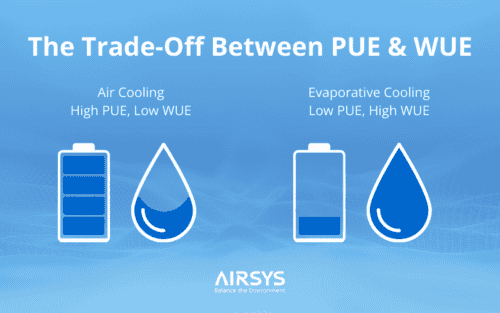
Cooling Technologies: The Key to Balancing PUE and WUE
Cooling infrastructure is the most significant non-IT energy consumer in data centers, accounting for 30-50% of total facility power usage, while simultaneously being a primary source of water consumption. These unique features position cooling systems at the heart of the PUE-WUE trade-off, making cooling technology selection and implementation a powerful factor in mitigating the trade-off effect.
Specifically, modern cooling systems are designed to minimize the negative impact on either metric through several cooling innovations:
Hybrid Cooling Solutions
Modern data centers increasingly employ hybrid cooling systems that dynamically switch between air-based and water-based cooling, depending on ambient conditions. These intelligent systems use water only when necessary, while leveraging free air cooling whenever possible. This approach significantly reduces annual water consumption while still maintaining competitive PUE values.
AI-Driven Cooling Optimization
As previously mentioned, hybrid cooling systems adapt their cooling source to ambient conditions, which is made possible by intelligent, AI-driven control systems. Machine learning algorithms can analyze real-time data to adjust cooling strategies, accounting for IT load, weather conditions, humidity levels, and utility factors. These systems optimize airflow, temperature setpoints, and cooling methods to reduce both energy and water use without sacrificing performance.
Heat Recovery and Reuse
Rather than simply rejecting heat to the atmosphere, some facilities capture and repurpose waste heat for nearby applications like district heating, desalination, or agricultural operations. By transforming waste heat into a valuable resource, these systems effectively “discount” both their PUE and WUE values, creating a win-win scenario for both metrics.
Close-Loop Cooling
An example of heat recovery in cooling systems can be seen in closed-loop cooling. Unlike open-loop or evaporative cooling systems that continuously consume water, closed-loop systems recirculate water, minimizing waste and lowering WUE. At the same time, many closed-loop systems incorporate advanced heat exchangers or refrigerant-based cooling, efficiently removing heat from IT equipment. This reduces overall energy consumption, contributing to lower PUE levels. Examples of cooling technologies that embody this approach include immersion cooling and direct-to-chip cooling.
A Strategic Approach to Cooling Performance
Choosing the right cooling system for a data center is a complex decision, requiring careful evaluation of each option’s benefits and limitations while factoring in the facility’s unique characteristics, such as processing capacity, size, needs, and geographic location. Yet, as global trends like rising data demands and increasing water scarcity shape the industry, data centers — regardless of their differences — must adopt a shared strategic approach that optimizes both sustainability and energy efficiency without sacrificing performance. Looking ahead, the future of data center cooling is expected to integrate both liquid and air cooling solutions, leveraging their combined strengths to achieve greater efficiency and resilience.
At AIRSYS, we understand the complexities of this decision-making. This is why our data center cooling solutions are designed with efficiency and sustainability at their core, guided by our motto: “Balance the Environment.” Whether you’re looking to enhance cooling performance, reduce operational costs, or meet sustainability goals, we offer innovative cooling technologies that align with your needs. Explore our data center cooling solutions and contact us to learn how AIRSYS can help you achieve the perfect balance.

